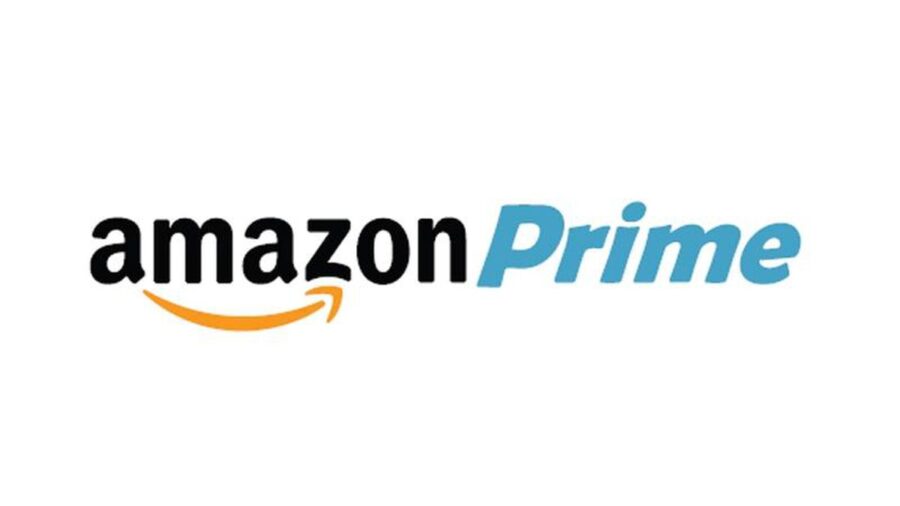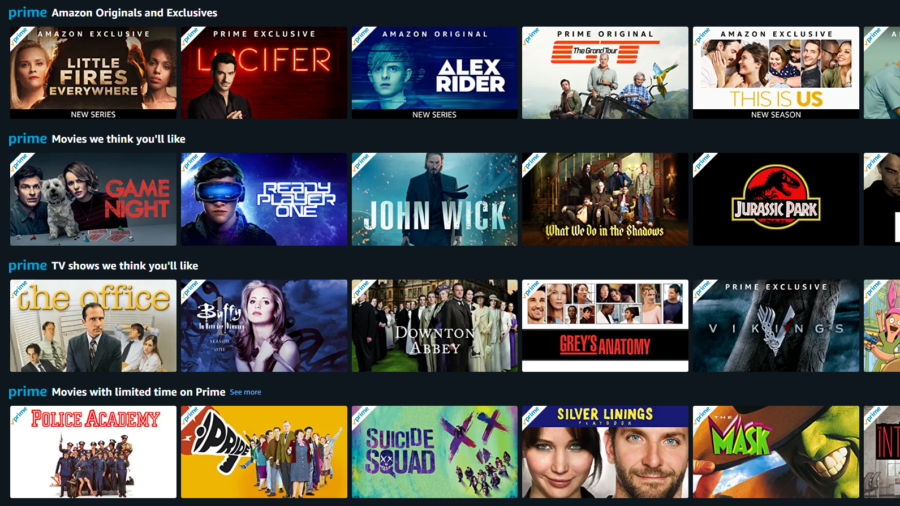Amazon Prime Is Getting Much More Expensive, Here’s Why
Amazon Prime is about to get more expensive for both current subscribers and new members alike. The company has an explanation
This article is more than 2 years old

Amazon Prime is raising its price for the first time in four years as it seeks to keep up with and cover the costs of its own expansion into new areas. Much to the dismay of subscribers of Amazon Prime, the company announced on an earnings call that it will raise the price for U.S. customers from $119 to $139 per year, according to TheVerge. Starting on Feb. 18 for new members and March 25 for existing subscribers, not only will the annual cost go up, but those who opt for the monthly membership of Amazon Prime will see an increase as well, from $12.00 per month to $14.99.
The company cited the continued expansion of Amazon Prime membership benefits as the reason for the mandatory price hike. In more of a throwaway line, the company also highlighted a rise in wages and transportation costs in the country. While it marks the first price jump in four years, it wasn’t altogether unexpected after the company’s profits dipped significantly in the final financial quarter of last year. The outlet reports it fell to $3.5 billion from $6.9 billion a year. This marked the second quarter that Amazon trended in this direction.
While the company cited higher wages and transportation costs, The Hollywood Reporter notes that there’s also something to the idea that the company is spending a lot more on Amazon Prime services in recent years. Not only did it acquire Thursday Night Football from the NFL, but it’s been investing heavily in top-quality original streaming content like The Boys, The Wheel of Time as well as the highly anticipated Lord of the Rings series, which is estimated to cost about $500 million. That sweet, sweet ring of power money has to come from somewhere, right?

As for whether or not the price increase will turn users off to the platform and send them screaming for the hills. The company offered a bit of insight into its profits and subscription rates to try and prove that it has people sufficiently hooked. For example, it announced that more than 200 million Amazon Prime Video subscribers stream shows or movies on the platform, which makes sense because The Boys is really quite good.
Meanwhile, the company has reportedly doubled its same-day delivery options and launched benefits like pharmacy delivery, grocery benefits and made its podcast library more robust for Amazon Prime users in the last year or so, further justifying the price increase — or at least it thinks so. It did not announce raw numbers into how many people are actually utilizing those services.
The last time Amazon upped its price like this was in 2018 when it also cited higher costs around shipping and other perks that it offered customers. Prior to that, the price was raised to $99 per year back in 2014 after remaining steady at just $79 annually for the better part of a decade in 2005. However, as the membership for Amazon Prime grows and more offerings become available on the platform, all good things must come to an end. The question now is simply how long the new price point will last before Amazon Prime subscribers are asked to dig a little deeper in their wallets again?












